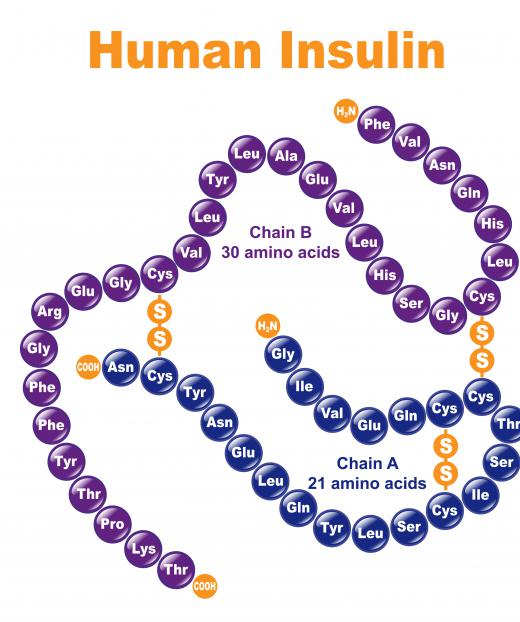Space manufacturing refers to the process of creating various items outside of any terrestrial environment, either in orbit or beyond. The conditions necessary for space manufacturing typically include the presence of vacuum and microgravity. These conditions can create a number of benefits when compared to terrestrial manufacturing operations, and fall into two general categories. One benefit is that some industrial processes work better or differently in microgravity, which may result in a superior product. The other use for space manufacturing relates to the fact that goods and products may be built in space with lower costs than would be associated with lifting them into orbit.
One use for space manufacturing can be the creation of products that will then be returned to the Earth and used there. Experiments conducted throughout the history of human spaceflight have indicated that there would be benefits to manufacturing certain goods in space. Some processes exhibit unique behavior in space, such as the way that insulin crystals form differently in orbit than they do on the Earth. Industrial processes that behave differently or are more efficient in space could lead to producing goods in space and then returning them to Earth. Semi-conductors are one type of manufactured good that may be created in orbit for later use on Earth.

Other applications of space manufacturing are focused on creating products and materials that will be used outside the terrestrial environment. After the initial investment has been made to lift the necessary equipment into orbit, raw materials may be retrieved from near earth objects (NEOs) such as asteroids and other sources. This process may be substantially less costly than lifting more raw materials into orbit, which can facilitate further space manufacturing operations.
In the long term, all of the goods and products required for further exploration and manufacturing could be created in space. Objects that are too large or costly to lift into orbit could be manufactured there instead. This may allow the creation of more extensive space stations or facilitate the construction of space elevators.
Other potential benefits of space manufacturing relate to dangerous processes and experiments that can endanger human life or the environment if carried out on Earth. Moving these activities into orbit or even deeper space could allow them to be carried out in a safer manner. This type of space manufacturing could take advantage of robotics that are either automated or controlled by humans in a nearby habitat or facility.
